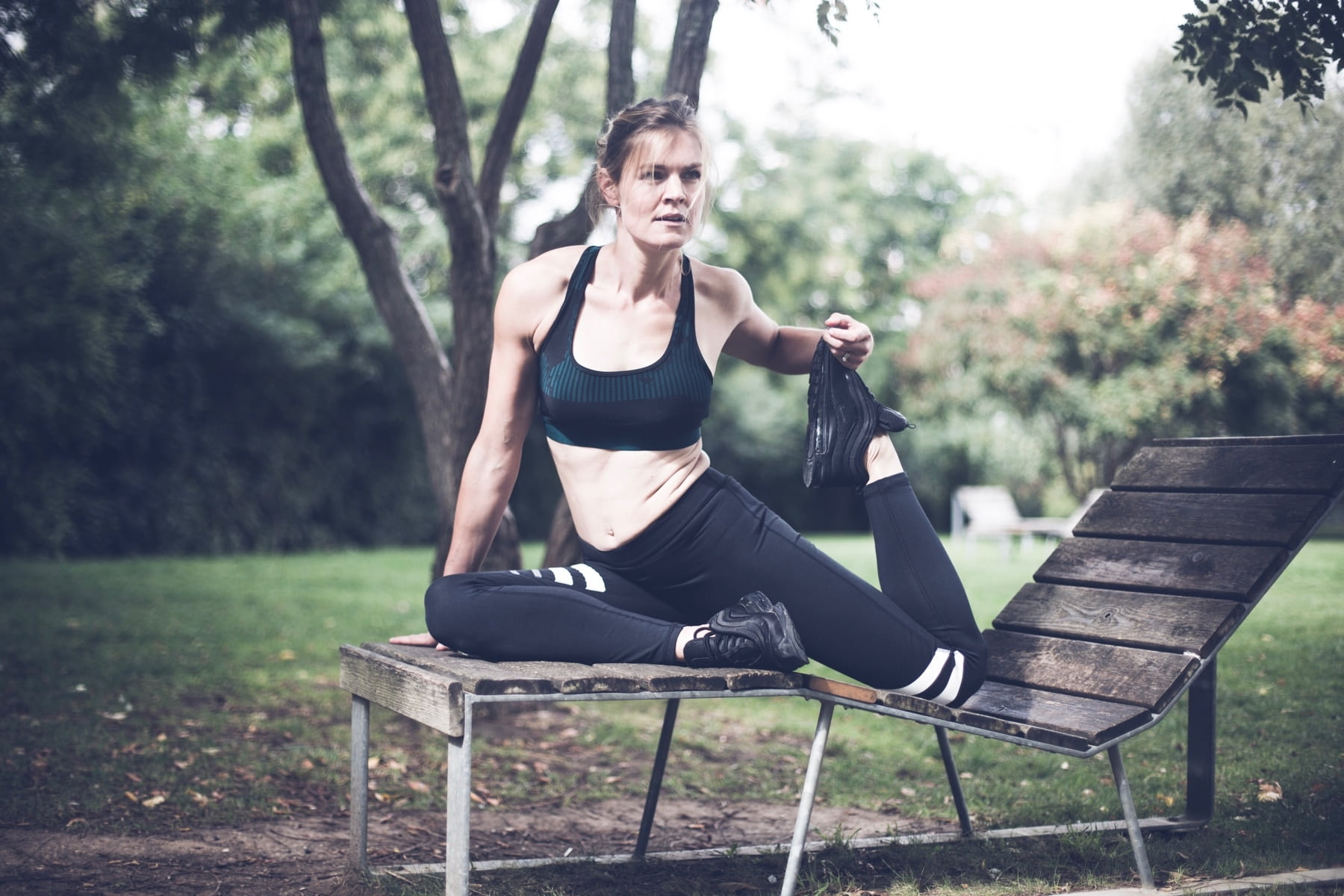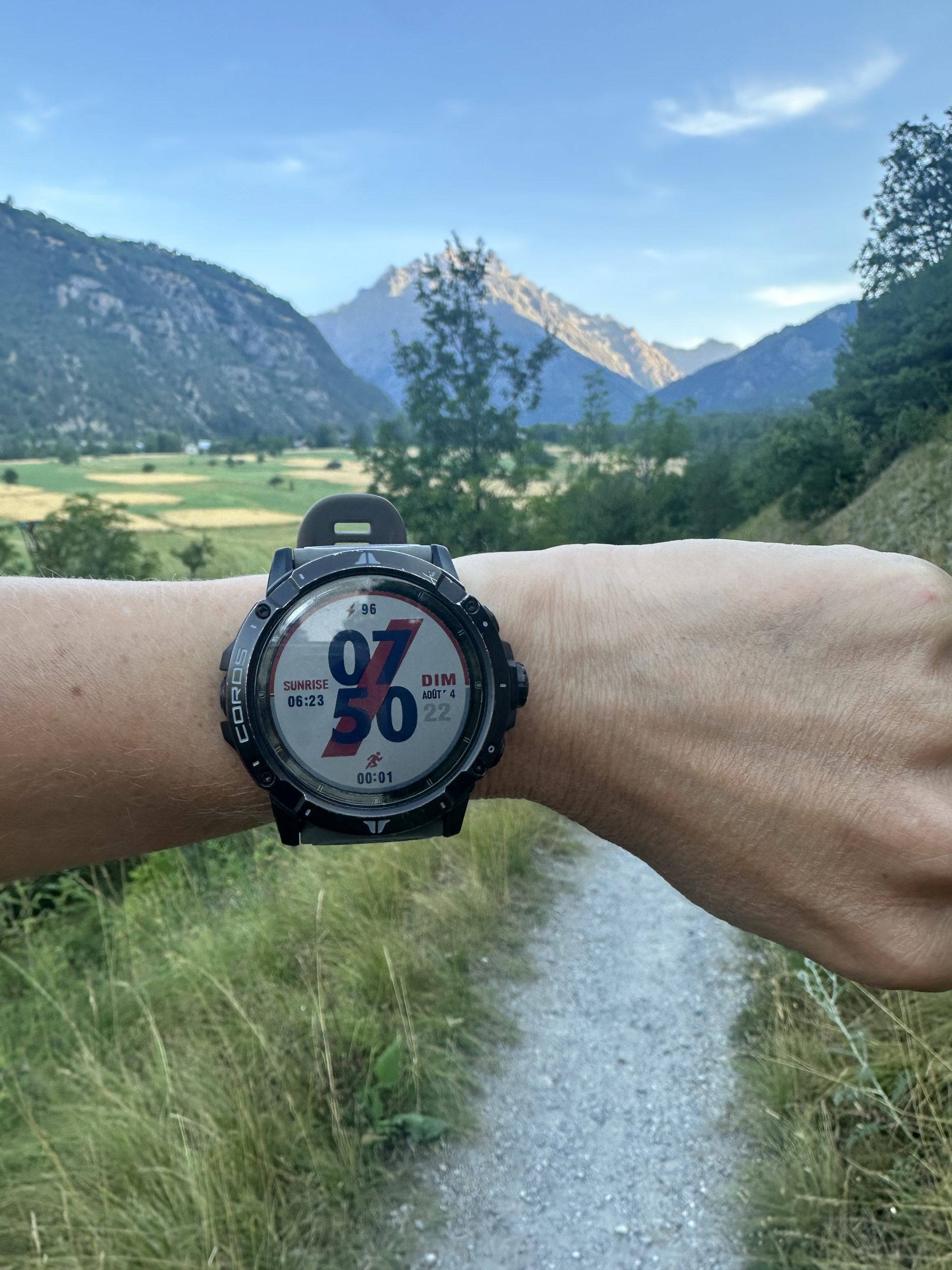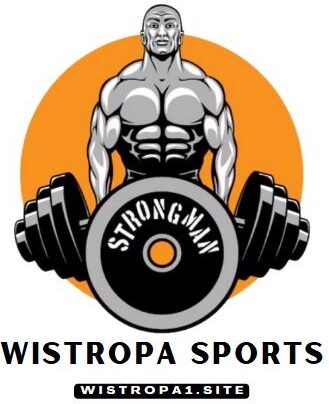Science has made enormous discoveries in the fields of muscle growth, bodybuilding and healthy food in recent years. It usually takes a long time before you can affirm something with great certainty. A new discovery requires countless studies before being able to affirm that a product or activity works.However, in July 2017, a new certainty was established and we will examine it with you. The subject? Assumption of optimal protein!
What did we know before?

It has been known for decades that proteins play an important role For athletes and bodybuilder of force. A high intake of protein is therefore a common practice in this target group, which is completely justified. Proteins stimulate the synthesis of proteins and contribute to the maintenance and growth of muscle mass. However, the recommendations for the exact quantity of this protein intake varied more. in proteins. Some coaches have gone even more than others and even recreational athletes Sometimes it consumed more than 300 grams of proteins per day. It is not certain that this really contributed to the growth of muscle mass, but The predominant directive was that it was better to consume a little more protein than enough. While the subject was increasingly studied, a United States directive recommended to consume a gram of book proteins. One gram of body weight protein would be optimal to maximize the effects of proteins. In the metric system, this quantity is equivalent to 2.2 grams of protein per kilogram of body weight, a standard that has long been considered the truth.
The new standard: optimal protein intake
In July 2017, several fitness professionals, including Robert Morton, Brad Schoenfeld, Eric Helms, Menno Henselmans and Alan Aragon, published a systematic revision, meta-analysis and meta-regression on the effect of the supplementation of proteins on the growth of the muscles and in force following the training of the strength of force following the training of the force. [1]. This type of research fills in all previous searches and analyzes this data in depth. On this basis, conclusions are taken which allow you to formulate recommendations with a relatively high certainty. This leads us to a new standard in taking optimal protein.
Below, we present the study step by step.
The goal
The goal of this revision of literature was simple: to determine whether the integration of protein had a further effect on the training of force in order to develop muscle mass and strength. Of course, everyone knew in advance that this effect would be present, which is why other variables were also examined. This is the reason why other variables have also been studied, including the effect of age on this process and the amount of protein to which further effects have been detected.
Study design
For the study, all studies that combine the training of strength and the integration of proteins for at least 6 weeks, with at least 2 force training sessions per week and in the absence of other substances that could promote muscle growth. Of the studies of 1429 initially found, 49 were finally maintained as enough quality to be examined in a qualitative and quantitative way.
The results
This meta-analysis, the largest in this subject to date, has revealed us different results. The first and most important is that the integration of protein has a further effect on the increase in maximum strength and the growth of the lean mass induced by the training of the force.
During the study, a distinction was also made between dirty beginners and expert athletes. It emerged that the positive effect of the supplementation of proteins was more important for expert athletes. The hypothesis is that expert athletes have less potential for muscle growth than beginner athletes. Consequently, the response to the stimulus of the training of the force is weakening, in order to benefit from a higher contribution in proteins. Details are becoming increasingly important to guarantee maximum progress.
It was also clear that the effect of the supplementation of proteins has decreased with age. However, this observation can be distorted by the anabolic resistance that occurs in an advanced age. This anabolic resistance means that with age you have to consume a greater amount of meal protein to obtain a similar increase in protein synthesis. In studies, the amount of proteins administered to the elderly was surprisingly weak, which can distort the results.
The final goal of the study was to be able to provide concrete recommendations for an optimal protein contribution. The American recommendations of 0.8 g of protein per kg per day have been clearly insufficient, especially in the case of the elderly in which anabolic resistance plays a role. Based on 42 studies in which the intake of protein varied from 0.9 to 2.4 g of protein per kg per day, it seemed that the upper limit was 1.62 g of protein per kilo per day. In exceptional cases, a higher contribution (up to 2.2 g of protein per kilo) or even inferior, but for the vast majority of the population, this recommendation is valid. The recommended doses for meal vary from 0.25 g of protein per kilo for young people at 0.4 g of protein per kilo for the elderly. These values have made it possible to stimulate the synthesis of proteins as much as possible. Higher contributions have not strengthened this effect. This combined value with recommendations per day can have an important influence on the choice of meal frequency.
The conclusion
The conclusions of this study are as follows:
- Protein integration has a further effect in the training of force to increase muscle mass and strength.
- Age has an effect on taking protein due to anabolic resistance. A higher contribution per meal can therefore be recommended for the elderly.
- The intake of recommended proteins per day is 13 grams per kilogram of body weight.
- The recommended contribution for meal varies from 0.25 to 0.4 grams per kilogram of body weight.
An example of putting these suggestions into practice
The stone weighs 80 kg. Using this blog on energy needs, he calculated his macronutrient needs, therefore it is time to determine his assumption of proteins. The stone first calculates its daily needs, or 80 x 1.6 = 128 g of protein. He wants to consume at least 0.25 g of protein per kilogram of body weight per meal, which means it will take 20 g of meal proteins. On this base, it determines the frequency of its meals. Choose to take 5 meals a day, which means it eats about (128/5 =) 25.6 grams of meal protein, with a minimum of 20 grams.
Therefore, calculate its carbohydrates and lipids must develop a food program. Once aimed, its protein intake reaches 150 grams per day. But why this high contribution? Simply to play security. Pierre wants to increase weight and therefore consume many products (plants) that also contain a small amount of proteins, but which do not have a complete amino acid profile. To prevent part of its proteins from not producing the desired effect in the body, it maintains a buffer of 22 grams per day.
Therefore, Pierre is sure of his assumption of proteins, whatever happens. In addition, it is also able to follow a healthy and tasty diet, while remaining focused on its objectives.
latest posts published

Do difficult things!

Does yoga start alone, at home, good or bad idea?

Connected watches: take off!

How to alleviate and avoid them

How to lose your thighs? Exercises, suggestions and nutrition

Remote to sport in winter, the light track!

Solutions, exercises and suggestions to help you!

Substitutes of meals: real slimming allies?

Dry January: Return of experience!


